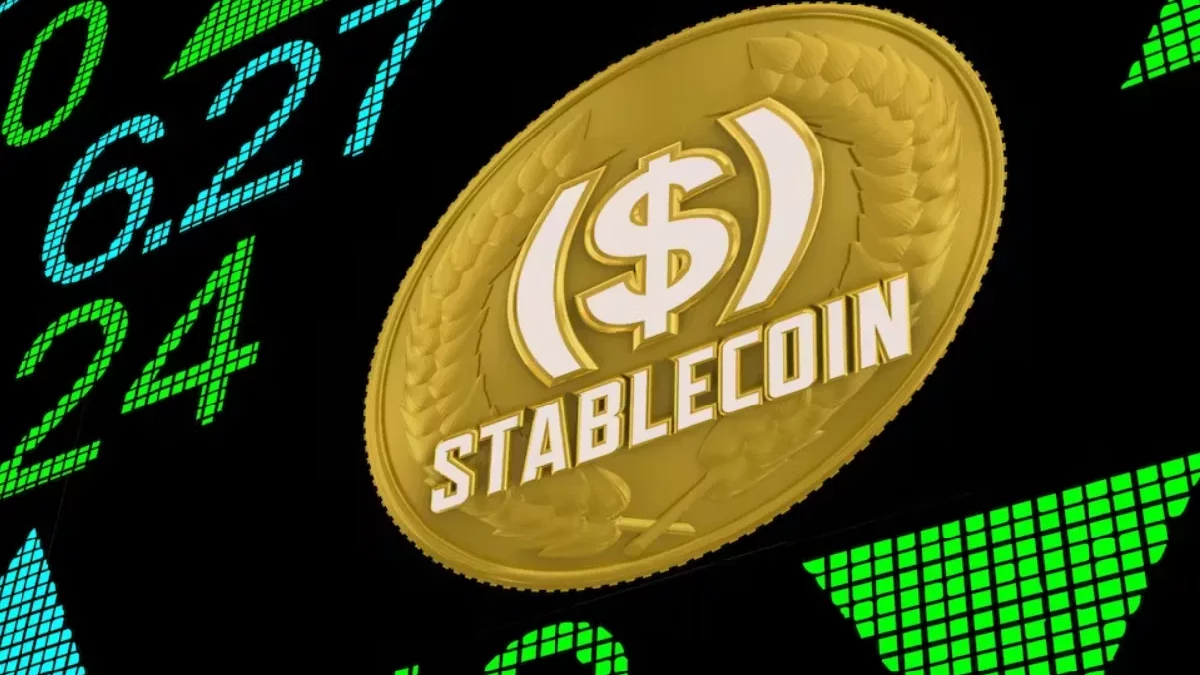Stable coins aim to provide stable prices. Given the great volatility of the market, cryptocurrencies do not allow maintaining the size of an investment portfolio or multiplying it in the long term. That is why the idea of stable coins arises, to offer investors relative stability in the market. With, it is easier to make profits or freeze them in a relatively stable cryptocurrency, with the possibility of waiting out periods of great fluctuations or being able to use them to make purchases in everyday life.
Table of Contents
What Are Stable coins?
Stable currencies, frequently identified as coins, are digital assets that guarantee cryptocurrency consistency in exchange rates by pegging their worth to fiduciary currencies such as the dollar or euro. They offer benefits like as transparency, security, and privacy while being comparatively stable. Companies issue these cryptocurrencies by depositing similar quantities of FIAT cash into bank accounts.
How Does Stable coin Work?
All stable coins collateralize by another asset, but not all of them achieve this in the same way. Stable coins can work in 3 ways :
Stable coins with fiat collateral
Fiat-collateralized is a type of cryptocurrency backed 1-to-1 by an underlying government currency (such as USD or EUR) stored in a traditional financial institution.
Crypto collateralize stable coins
One or more cryptocurrencies collateralize crypto-collateralized stable coins. They generally lack a central administrator, that is, they are decentralized. Instead, they rely on open-source software. This is to allow borrowers to lock up crypto assets to collateralize them and generate new them in the form of loans.
Algorithmic stable coins
Algorithmic is digital assets that rely on smart contracts to regulate their stability. Instead of using cryptocurrency deposits or issuing and redeeming debt, the software behind algorithmic programmatically adjusts the supply of cryptocurrency as demand fluctuates.
What Future Does It Have In The Cryptocurrency Market?
Stable coins have been develop as a product halfway between decentralize cryptocurrencies, such as Bitcoin, and centrally manage fiat money, such as the US dollar. These hybrid instruments have grow rapidly. However, stable coins are not the same as traditional cryptocurrencies. Its operation leads to a paradoxical situation: The Bitcoin blockchain, the chain that create the entire movement, was initially developed to bypass financial institutions.
And now these same financial institutions and centralized organizations play an increasingly important role in the world of cryptocurrencies. Stable coins represent dialogue, dependency and compromise between financial institutions and governments that, in many cases, indirectly provide an inevitable and logical evolution to this asset class. That is why these cryptocurrencies continue to grow and are increasingly accept, both by user and financial institutions and governments worldwide.
What The Most Use Stable coins?
Tether (USDT) is the most popular stable coin on the market and boasts the largest trading volume and market capitalization of any other stable coin. Another of the most use it is the USD Coin (USDC), which is becoming quite popular and is becoming more so as the cryptocurrency market matures. It is also backed by USD and is base on the popular Ethereum (ERC-20) protocol.
One stable coin that gain popularity is the Paxus Standard Token (PAX ) USD-backer it which is fully manage by Paxus Trust Company and regulated by the New York State Department of Financial Services (NYDFS). Like most others, it is based on the ERC-20 protocol. Finance USD (BUSD) is it that has undoubtedly earn its place among the most widely use, it is fully back by US dollars, and it guarantees faster ways to finance your transactions.
Advantages Of Stable coins
Stable coins have several advantages. First, the low volatility helps offset movements in other virtual currencies. Next, the digital and decentralized nature of Blockchain allows it to benefit from high mobility and ease of exchange. For example, transferring it is faster and generally more transparent than in the traditional banking system. On the other hand, it allows you to keep your profits. Capital gains can be secure through conversion into it.
In the retail payments market. Stable coin-base solutions seek to meet evolving consumer preferences in favor of instant. Seamless and standardize payments as consumers become increasingly mobile. The current offer of electronic means of payment does not have a universe. And ergonomic cross-border solution similar to person-to-person cash payments. It could be a universal means of payment facilitating cross-border payments in a single unit of account.
Disadvantages Of Stable coins
Stable coins are less liquid than regular cryptocurrencies, especially those it that are pegged or collateralized by commodities like gold. On the other hand, It peg to traditional fiat currencies (FIAT) are vulnerable to a crash. If a stable coin is back by a collapsing coin the stable coin will lose its value along with it. Even if a currency is peg to another cryptocurrency, it can also depreciate along with the base currency’s exchange rate.
Furthermore, crypto-back is the most difficult and therefore the riskiest asset. Another point against it is that they do not have fully decentralized control, like bitcoin or Ethereum. To secure their financial services. Since local laws can restrict their circulation. For example, if a country a high risk of inflation. The authorities can block it link to foreign currencies to protect the national currency.



